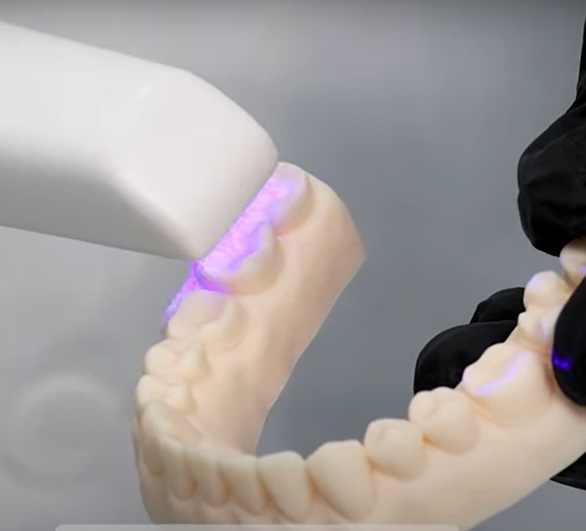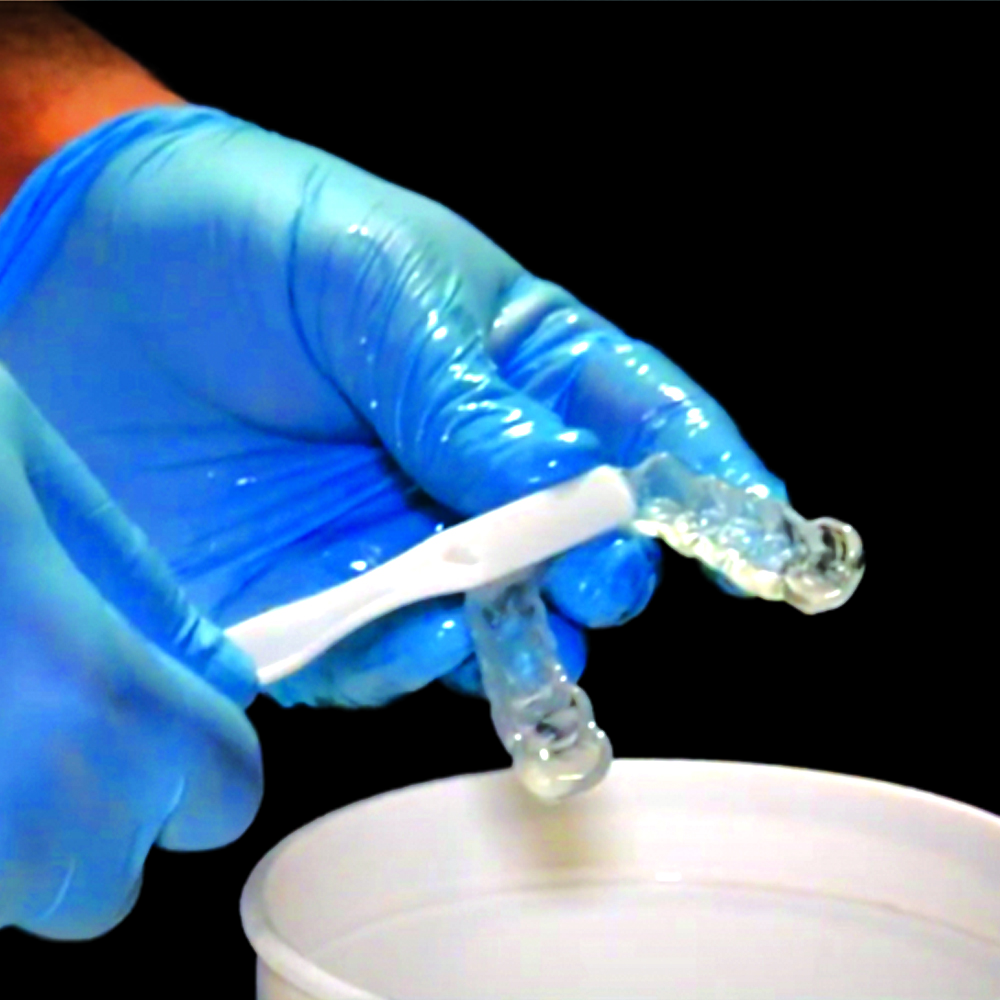Splint 2.0 is at the forefront of dental resin technology, offering unmatched stability, strength, and wear resistance. Precisely engineered for 3D printing of dental splints, night guards, retainers, and snoring devices, this resin is the ideal choice for patients experiencing severe bruxism, night grinding, or snoring issues. Its superior physical properties ensure both effectiveness and longevity.
Splint 2.0 represents the pinnacle of dental resin innovation, combining functionality, durability, and patient comfort in one advanced solution, suitable for a wide range of dental applications.
1 kg Bottle - $ 357.73

Night Guards and Splints

Splint 2.0

Confirm the patient is a suitable candidate for a splint and capture accurate intraoral scans of their dentition and occlusion to create an accurate 3D model for appliance design.

Import the scan into CAD software to design a digital appliance that's tailored to the patient's specific indication, customized for their bite and anatomical features.

After 3D printing the splint using a validated printer, remove it from the build platform and perform an initial alcohol rinse (IPA or ethanol) to remove excess resin.

Use lab acrylic and carbide burs to refine the margins, adjust occlusion if necessary, and smooth the edges for enhanced patient comfort.

After polishing, brush on a thin layer of the same resin used to print, before performing a full post-cure cycle.

Place the appliance in a validated post-curing unit to achieve full polymerization of both the appliance & glaze, ensuring optimal mechanical properties and long-term durability.

Perform a final high-shine polish using a polishing wheel and paste, then deliver the splint to the patient, ensuring a proper fit, occlusal balance, and patient comfort.